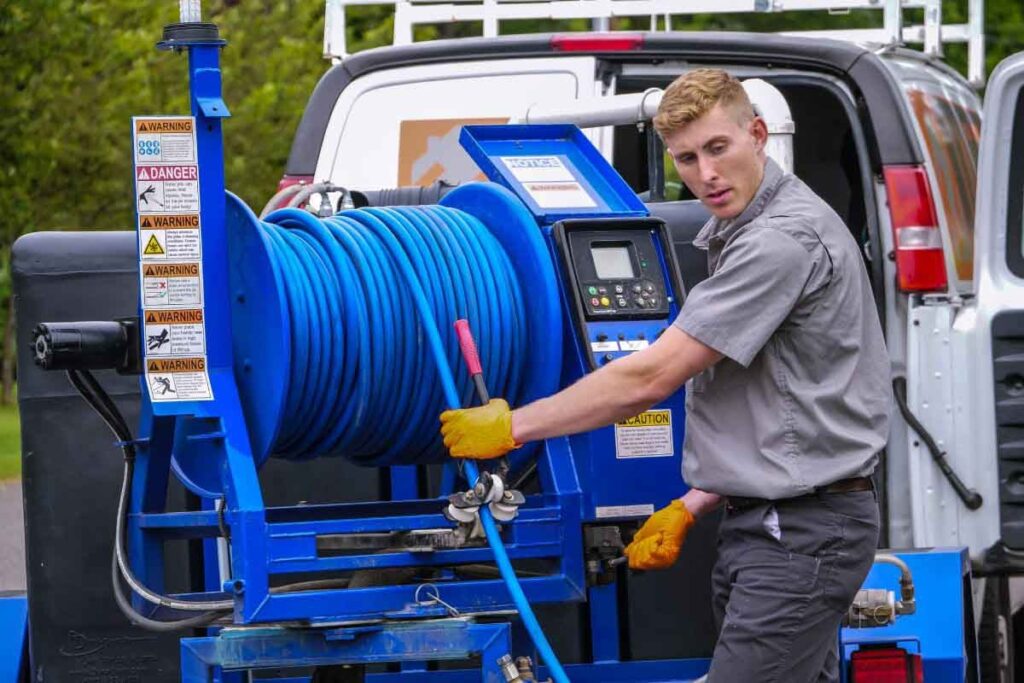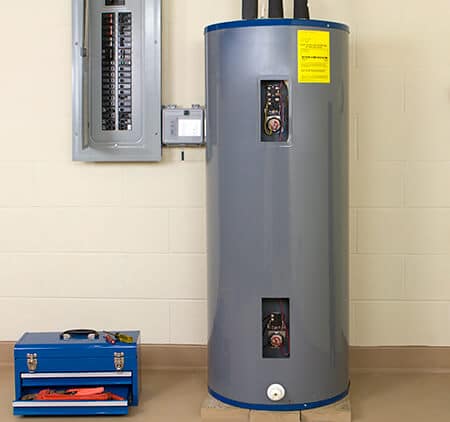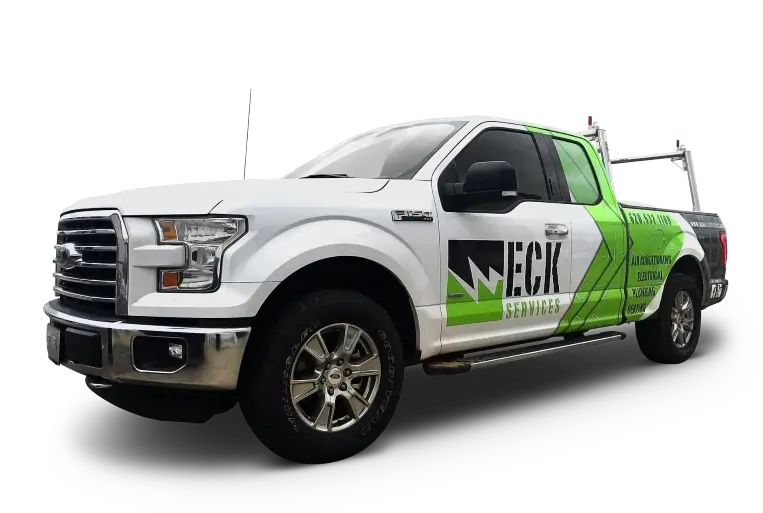Blog
What Size Generator Do I Need to Run My House?
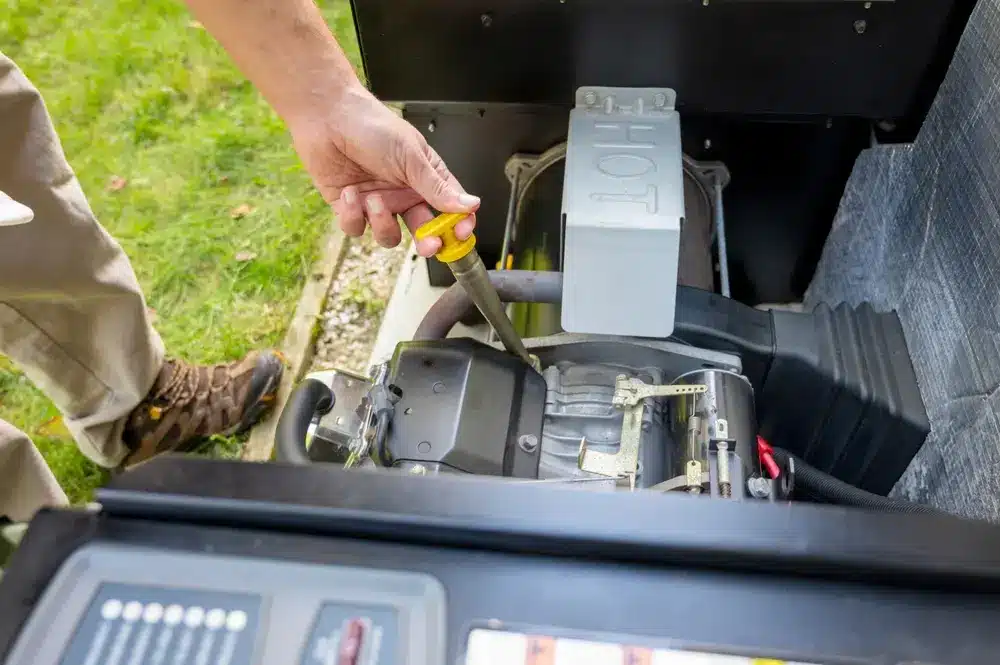
Those of us who have been stranded without electricity during extended blackouts know the feeling — the uncertainty of lost communications, the threat of intruders, and the dread of failing medical equipment. Thanks to backup generators, these scenarios can be avoided.
Installing a whole-home generator on your property transforms panic into peace of mind during power outages.
If you’re thinking about investing in a backup generator for power outage-proof security, one of the first questions you’ll want to ask yourself is “What size generator do I need to run my house?” This guide will outline the importance of choosing the right generator for your home and explain how to calculate the right size system for your requirements.
Why It’s Important to Choose the Correct Size Generator
Choosing the wrong-sized generator to power your house negatively affects your safety and your wallet. Too small, your generator will overload. Too big, and you’ll overspend on fuel and the unit itself. So where’s the sweet spot?
Let’s consider the following questions. Your answers will factor into determining what size generator you’ll need to run your house.
How Often Do I Experience Power Outages?
Kansas residents are susceptible to power outages year-round due to high winds, thunderstorms, and the occasional ice storm. With the length of average outage times increasing, homeowners should realistically assess their outage frequency when determining backup power needs.
What Would Happen To Me Without Backup Power?
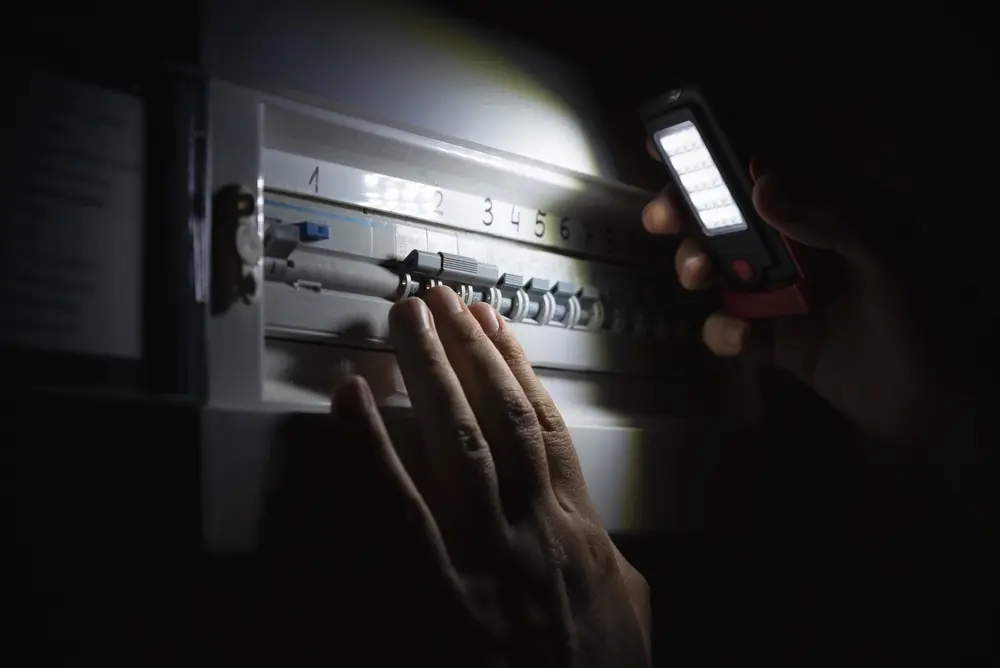
Power outages can cause frozen pipes in the winter when furnaces stop working, or flooding in the summer when sump pumps go out. Beyond property damage, losing power means no food refrigeration, no climate control, lost communications, and potentially life-threatening situations for those who rely on electricity-powered medical equipment.
Do I Need Enough Power To Run My Entire House?
If you’re comfortable with limited power during a blackout, you may find a small, portable gasoline generator sufficient. Those who experience frequent outages and surges and wish to maintain normal household functions may wish to invest in larger, whole-home generators.
What Is My Budget?
Your budget considerations should include the initial generator purchase, ongoing fuel costs, and any required installation expenses for transfer switches or standby systems. Fortunately, backup generators come in various sizes and price points, allowing most homeowners to find a solution that balances their power requirements with their budgets.
How Much Noise Can I Tolerate?
Portable generators produce the most noise and must be operated outside to avoid carbon monoxide buildup. Inverter and standby generators, on the other hand, operate quietly and typically provide greater electrical output, making them better options for noise-sensitive environments.
What Type of Fuel Do I Want To Use?
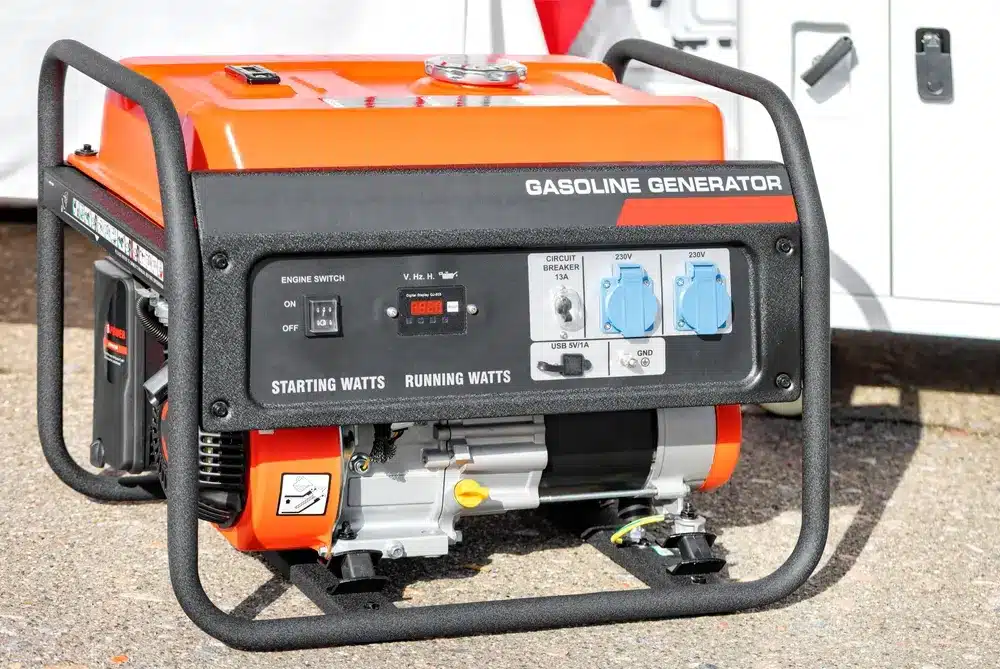
Inverter generators usually run on gasoline, so you’ll have to be prepared to store anywhere between 25 and 30 gallons worth of fuel.
Whole-house generators, on the other hand, usually run on propane or natural gas and can be connected to existing supply lines or dedicated tanks for more reliable, long-term operation during outages.
Does My Generator Need To Be Portable?
Consider whether you need a unit that can be stored away when not in use or permanently installed. Inverter generators are mobile, while whole-house generators are stationary and require professional installation.
How to Calculate and Determine Your Generator Size
What size generator to run a refrigerator and freezer will differ significantly from what size generator to run a house. The size of your generator ultimately depends on the number of devices or appliances you wish to power and the total wattage required to do so.
Here are some step-by-step instructions for calculating this number:
1. Identify Essential Appliances and Devices
Take an inventory of the appliances that require power during an outage. Once you have that list, identify each device’s wattage. This number can be found on the unit itself, the owner’s manual, or the manufacturer’s website. If the manufacturer lists ampers instead of wattage, you can convert to watts using this simple formula:
Watts = Volts x Amps
(Voltage is usually 120 for most household appliances)
2. Calculate Your Total Wattage
Next, you’ll need to calculate the total wattage needed to power each device. This requires understanding the device’s starting wattage and running wattage:
- Starting (Surge) Wattage: This is the amount of additional energy needed initially to power up the device, usually three times the amount of running wattage.
- Running (Rated) Wattage: This is the amount of continuous energy needed to keep your device running.
Once you have these numbers, use this formula to calculate the total wattage needed:
Running wattage (R) + Starting wattage (R x 3) = Total wattage needed
3. Add Up the Total Power Required
Indicate the total wattage next to each item on your list of essential appliances and devices. Then add those numbers up.
4. Choose the Right Generator Size
Taking the total from Step 3, choose a generator that has enough wattage to handle 10% more. For example, if your list of essential appliances requires 9,000 watts of power, choose a generator that is about 10,000 watts. This will ensure you don’t overload and overheat your backup system during those critical moments when it’s needed most.
Understanding Generator Sizing for Residential Use
As we’ve learned, generators are sized by their power output measured in watts, with higher wattage units capable of running more appliances simultaneously.
Let's explore the four common residential generator size categories to help you estimate which best suits your household's needs.
Small Generators (1,000 - 3,000 Watts)
These entry-level units can power one essential item at a time, such as a refrigerator, sump pump, television, or space heater.
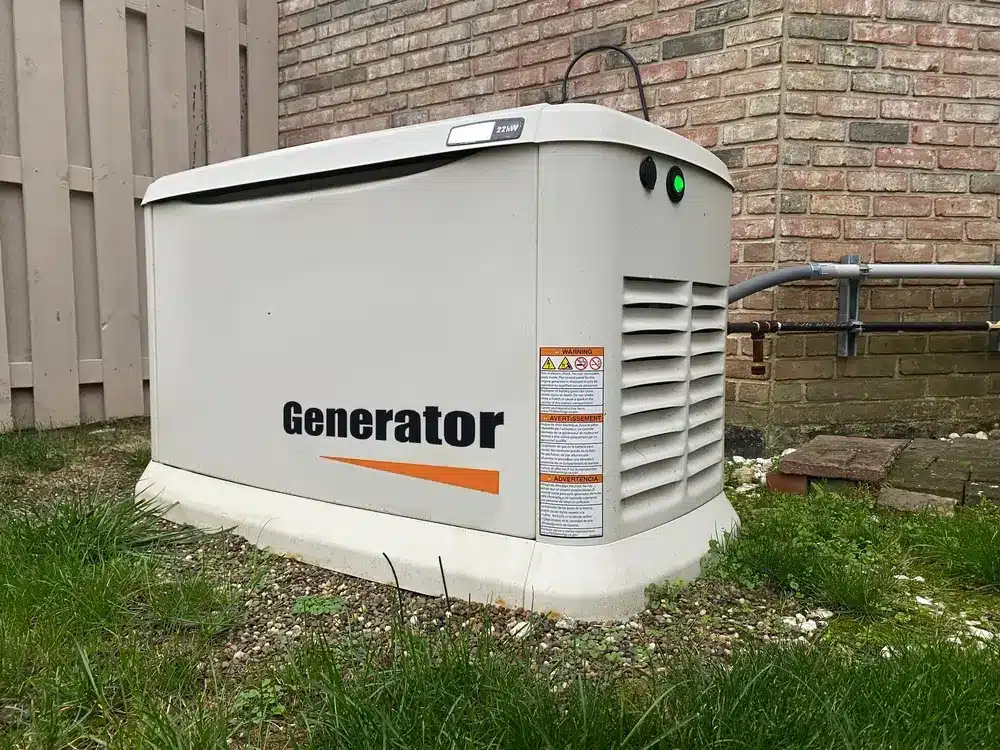
Medium Generators (3,000 - 8,000 Watts)
With increased capacity, medium generators can simultaneously run multiple appliances including an air conditioner, refrigerator, electric water heater, washer/dryer, and light fixtures.
Large Generators (8,000 - 12,000 Watts)
Large generators provide sufficient power for most household necessities at once, including refrigerator, dishwasher, window air conditioner, washing machine, electric stove, furnace, television, and lighting throughout your home.
Extra-Large Generators (12,000+ Watts)
These powerful units can operate nearly your entire home simultaneously during an outage, powering everything from sump pumps and well pumps to HVAC systems, all major appliances, and multiple electronic devices.

Get Expert Help Choosing the Best Generator for Your Needs
Enjoy comfort, security, and safety during the next power outage with whole-home generator installation from Eck Services. We have trained generator installers all over South Central Kansas, including Wichita, Pratt, Anthony, Kingman, Salina, Hutchinson, & Medicine Lodge.
Schedule an appointment today, and a member of our team will help you select the perfect size generator to power your house.




